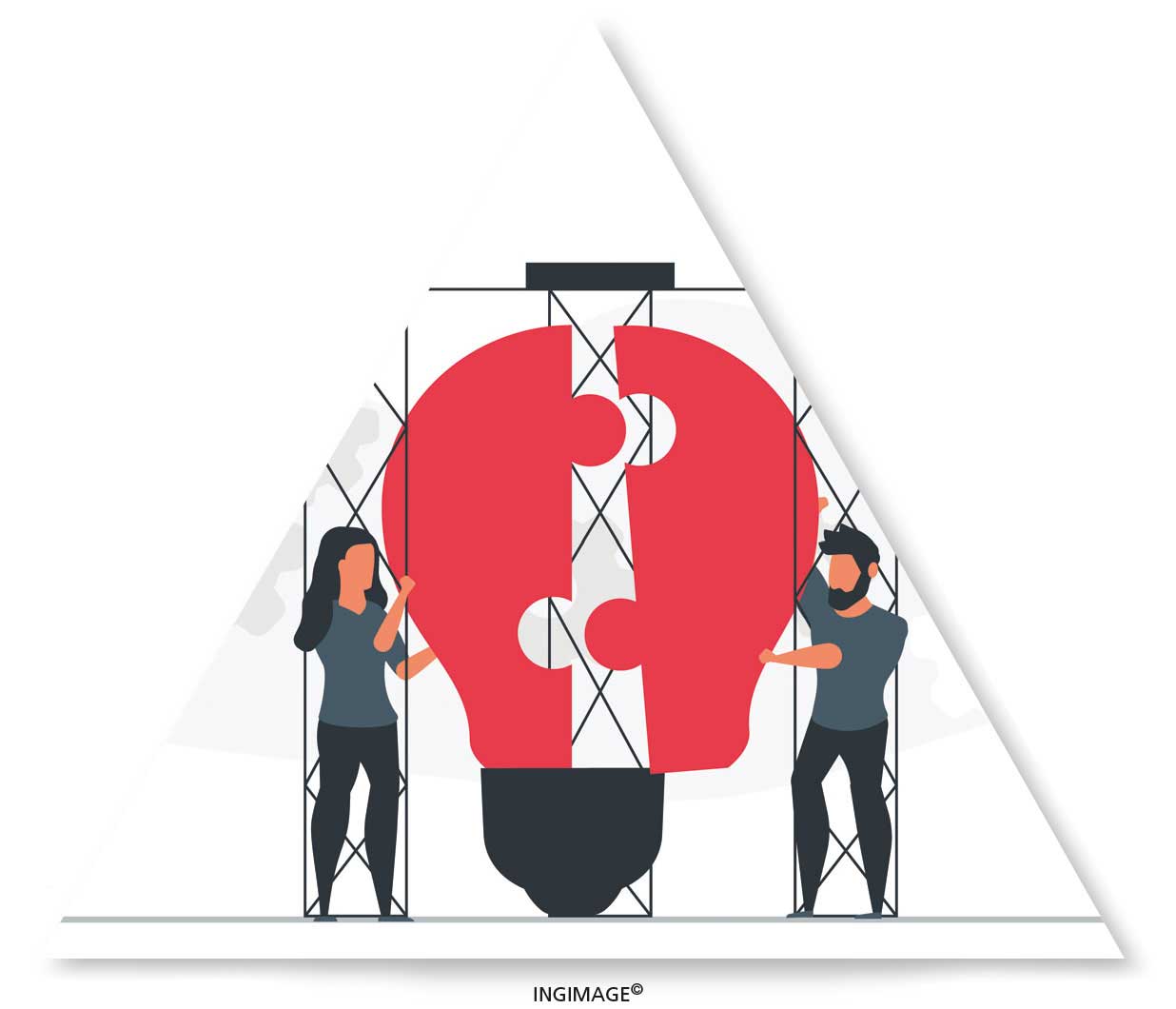HUMAN RESOURCES

ARSENALS OF TALENT
How luxury brands nurture and build aptitude
BY Jayashantha Jayawardhana

Today, most major luxury brands and labels are owned by a few large groups. Of the largest by revenue is LVMH, the owner of Moët & Chandon and Louis Vuitton. Richemont, the owner of Cartier and Chloé, and Kering (formerly PPR), which owns Gucci and Saint Laurent, are two formidable rivals of LVMH.
The remarkable growth and performance achieved by these diversified luxury groups flies in the face of management orthodoxy, which claims that companies achieve superior returns by pursuing a core line of business or competencies. The talent arsenals consistently built, maintained and owned by these groups are instrumental in their spectacular performance and growth.
In their case, there’s little to achieve in terms of cost savings and operational synergies, which are the known benefits of successful diversification.
Their portfolios include a broad range of product categories and individual brands are managed autonomously. Each has its own profit and loss account. And the performance appraisals of senior managers are closely linked to their brands’ profitability, which leads to internal jockeying.
Andrew Shipilov and Frédéric Godart, in an article (titled ‘Luxury’s Talent Factories: How Companies like LVMH, Kering and Richemont Groom Designers and Managers’) in the Harvard Business Review (HBR), reveal how these groups have developed this talent advantage over independent luxury brands.
If talented people quit good companies, it’s mainly because they want fresh experiences elsewhere. In any of these top luxury groups, an ambitious brand manager looking to diversify his or her resume doesn’t have to leave the group or even look that far. There are plenty of brands and businesses in the group, from which they can gain fresh knowledge, skills and experience.
That’s why about two-thirds of management openings in LVMH’s brands are filled by people from within.
The decision to stick with the group is advantageous for them because they can capitalise on the valuable networks they’ve established. It’s beneficial for the group too because it can harness the full potential of a manager who acquires new experiences and cultivates a strong professional network within.
At Richemont, senior executives evaluate their subordinates on four key metrics: mental agility, results orientation, and change and people management. Those who score well are put into a pool that’s considered at recruitment time.
Likewise, under LVMH’s FuturA initiative, people are assessed on three factors: agility at learning, engagement, commitment and ambition.
While similar grooming and talent development initiatives exist in many other businesses, these corporates stand apart because participants don’t know they’re in such a programme; and nor is there any preset career path. But an emphasis is placed on knowing the history of these brands.
Since the employees in question don’t know about the existence of this talent pool, it doesn’t create any feelings of hostility among those who are not selected. Learning about the history of these iconic brands comes in handy especially in regard to brand storytelling.
Even with a promising internal career path, some people still leave these groups because they want to gain fresh experiences outside. But these progressive luxury groups don’t view it as rejection and the group executives keep in touch with them.
LVMH routinely rehires former employees. Allowing such career mobility gives them an opportunity to gain crucial insights into the processes and practices employed in other industries.
The global presence and operations of these groups also place them at a strong advantage when they want to offer overseas stints to their most promising executives and designers. LVMH’s leading designers – Phoebe Philo, Marc Jacobs and Karl Lagerfeld – bring cross-cultural perspectives to work. These experiences are a vital source of inspiration for them as reflected in their quintessential designs.
Kering too is serious about cross-cultural exposure and organises inspiration tours, which take European and American designers to Japan, China, Africa, the Middle East and other destinations that are different to their own countries. These cross-cultural insights inform and invigorate their designs.
These groups also develop young talent through supportive education programmes that are specific to their vital business interests.
Richemont sponsors a luxury goods marketing programme at the Institut Supérieur de Marketing du Luxe in Paris. The other two groups sponsor similar education programmes, and invest in training young designers and artisans. They also hire talent from outside the industry to fill critical skills gaps.
Perhaps there’s something that these groups are doing that you too can apply to your business?





Leave a comment